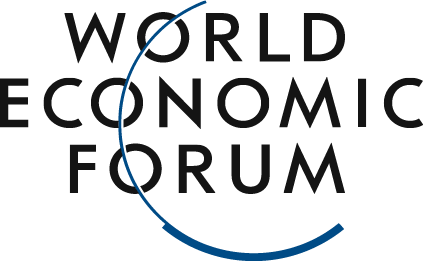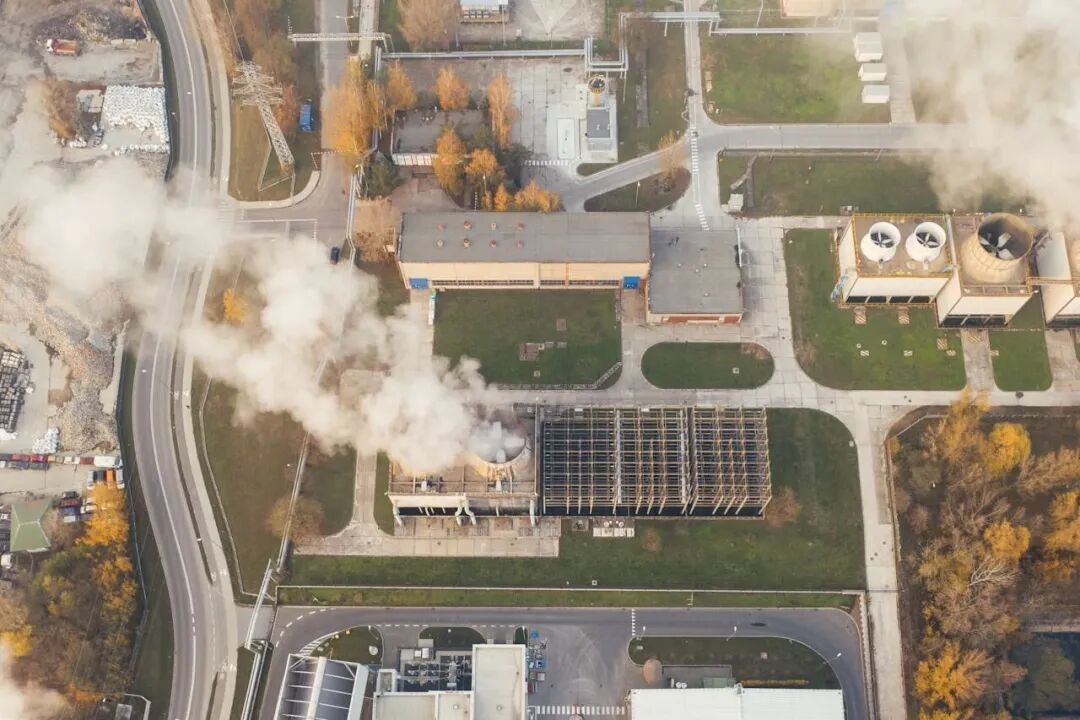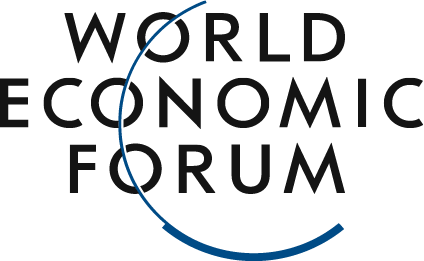Hybrid financing connects stakeholders across the entire capital stack, delivering returns for investors while simultaneously advancing climate goals.
Image source:Pexels/Marcin Jozwiak
Luis Alvarado
Global Managing Director of the World Economic Forum’s “Good Capital for Earth Action” (GAEA) Initiative
Liang Yaxin
Global Head of Strategic Partnerships for Nature and Climate Philanthropy at the World Economic Forum
Cai Boxian
Head of Collaboration, Sustainable Development and Innovation Programs, World Economic Forum
To date, the climate crisis remains unresolved—not because of a lack of resources. Although the trillions of dollars needed to achieve low-emission, climate-resilient development far exceed the total global funding available through international aid—roughly 20 times greater than its budget—private-sector and institutional investors already possess capital on that scale. Yet, barriers and constraints imposed by market conditions prevent the private sector and institutional investors from driving a systemic climate transition on their own.
On the other hand, strong collaboration can help overcome these barriers, opening up new pathways and unlocking untapped capital for climate and nature-based solutions. Partnering with philanthropic organizations that provide catalytic funding can spark fresh ideas, remove obstacles for market players, reignite stalled initiatives, mobilize communities, engage civil society—and in some cases, even leverage "de-risking" tools or participate in capital stacking mechanisms (though this remains relatively rare due to the scarcity of such capital).
By combining the diverse tools offered by philanthropic funding with government policy instruments, corporate purchasing power, and signals from value chains, we stand a real chance of accelerating the climate transition across critical sectors—achieving it in a significantly shorter timeframe. This innovative "public-private-philanthropy partnership" model acts like a "pressure point," creating the right conditions to attract institutional investors who can turn green market transformations into reality.This collaborative approach aligns with the evolving role of today’s charitable organizations, many of which are moving away from traditional grant-based funding toward more active involvement in both project ideation and implementation. At the same time, these organizations are also embracing bigger ambitions—aiming to leverage every dollar donated into significantly greater resources, amplifying their impact exponentially through a powerful multiplier effect.I. Hybrid financing instruments are the key to unlocking vast potential.Blended finance is one of the key tools that can be leveraged in "public-private-philanthropic partnerships," as it effectively aligns diverse stakeholder interests across the entire capital stack—providing investors with attractive returns while simultaneously advancing climate goals. Notably, philanthropic organizations play a crucial role in mitigating risks and strengthening market incentives by offering guarantees and "first-loss" capital. This helps enhance the risk-return profile of projects, making them more appealing to institutional investors. Moreover, these organizations can foster trust among all stakeholders, advocate for policy changes, and ultimately accelerate the transition toward sustainability.The International Energy Agency (IEA) estimates that, to achieve net-zero emissions by 2050, more than 70% of clean energy investments in emerging markets and developing economies will need to be financed by the private sector—nearly 60% of which will come through debt financing. A report titled "Labeled Bonds for the Net-Zero Transition in South-East Asia: The Way Forward," jointly authored by GAEA, ETH Zurich, and the Rockefeller Foundation, highlights the critical role of exchange-traded securities—such as corporate and government bonds—in scaling up this type of debt financing. It also explores how to engage international investors, particularly in ways that align with sustainability goals. Notably, long-term bonds are especially well-suited to match the investment needs of the net-zero transition, as these projects typically require significant upfront capital while offering relatively extended payback periods.Sustainability-Linked Bonds (SLBs) are another important tool, where financing terms are tied to pre-defined key performance indicators (KPIs) related to sustainability or Environmental, Social, and Governance (ESG) goals. This means that the coupon payments can increase or decrease depending on whether these targets are met. In some cases, if the objectives aren’t achieved, the issuer is required to make payments to a third party.
Additionally, Transition Bonds represent another innovative product category, offering funding for projects that may not yet be classified as low-carbon or net-zero—but are nonetheless critical steps toward achieving those broader goals. Transition Bonds provide a vital mechanism to support transformational initiatives, including decarbonization efforts in "hard-to-abate" and high-pollution industries.II. The Asian region is critical to achieving net-zero emissionsThe time is ripe to seize the moment and channel the growing ambition surging across the globe. Particularly in Asia, a new generation of philanthropists is emerging, deeply committed to tackling climate issues. They recognize that without effectively addressing the climate crisis, it will be impossible to achieve the broader Sustainable Development Goals (SDGs)—ranging from health and zero hunger to building sustainable communities. Meanwhile, governments worldwide need widespread support to safeguard their citizens as they confront the multifaceted challenges posed by the climate crisis. And the private sector is also coming to realize that driving transformative change toward sustainable business practices across the entire value chain is essential for maintaining the trustworthiness and long-term viability of their operations.The countries in the Asia-Pacific region are among the most vulnerable to climate change, yet they account for half of the world’s total greenhouse gas emissions. By 2050, these nations could see their combined Gross Domestic Product (GDP) shrink by as much as 35% due to the combined impacts of climate change and natural disasters—potentially undoing more than three decades of progress made toward poverty reduction, food security, and human development. On the flip side, this also presents significant opportunities: conversely, by 2050, the region could contribute nearly half of the global emissions reductions needed to combat climate change. Ultimately, sustainable development in Asia is critical to ensuring a sustainable future—for everyone.However, what makes the situation even more complex is that the journey toward net-zero emissions must also be equitable. For instance, since fossil fuels account for 80% of energy consumption in Asia—making them a critical area for emissions reduction in the region—we must simultaneously prioritize fairness for the millions of people who still lack access to essential services like electricity or rely on fossil-fuel-dependent industries for their livelihoods.III. Success Stories of Multi-Stakeholder PartnershipsIn the Philippines, low-carbon transition investment firm Clime Capital has conceived and organized an offshore wind power project. Aboitiz Power, a key player in the Philippine energy sector, partnered with the Rocky Mountain Institute (RMI) to launch a feasibility study for the project. With support from the U.S. Trade and Development Agency (USTDA), the company is now advancing plans to develop up to 3 gigawatts of offshore wind capacity in the Philippines, further driving research into offshore wind technologies.The initiating party selected six out of the 19 locations identified based on wind resource potential for further study, and engaged with local regulatory bodies and government agencies to gain a deeper understanding of existing offshore wind energy regulations, permitting processes, and any related gaps. The Tara Climate Foundation is funding RMI to conduct research on the non-selected sites and publicly share the findings—comprising technical data as well as comprehensive analyses of environmental and community impacts—aiming to empower other stakeholders in advancing the development of offshore wind projects in the Philippines.The Tara Climate Foundation facilitated the introduction of U.S. Trade and Development Agency technical assistance funding and collaboration with AboitizPower by providing the necessary innovation capital and upfront investment. Additionally, through training programs, networking initiatives, and the coordinated involvement of local consultants and staff, Tara has been strengthening local capacity-building efforts and developing the talent required for the project.The project’s success was attributed to the high alignment of strategic goals and shared values among public and private sector stakeholders, who forged a collaborative agreement and placed clear emphasis on outcomes and accountability—making milestones a top priority. This model can be replicated to accelerate other similar multi-stakeholder initiatives.Another example of cross-sector collaboration is the use of innovative technologies in Cangzhou, China, to identify and address air pollution hotspots. The Environmental Defense Fund (EDF), Beijing HuanDing Institute of Environmental Big Data, Clean Air Fund, Children's Investment Fund Foundation (CIFF), Southern University of Science and Technology’s Engineering Technology Innovation Center, Xinxing Technology, and the Cangzhou Municipal Government have joined forces to support law enforcement officers in leveraging smart technologies and cutting-edge approaches, fully unlocking the potential of the city’s air quality monitoring system.The team used mobile instruments installed in 50 taxis to fill the gaps between existing fixed government monitoring stations, creating a new tool that generates a city-wide air quality map. As a result, they can now provide ultra-localized—down to specific small-area—real-time observations of air quality across the entire city, pinpointing pollution hotspots. This data is then relayed to enforcement officers via a user-friendly app, enabling them to take immediate follow-up actions. The pilot project has already earned recognition from Chinese government agencies and experts, offering valuable insights that are helping local authorities develop broader strategies for air quality management. Moreover, it highlights the potential of ultra-localized air quality monitoring tools in supporting targeted air pollution enforcement efforts, setting a powerful example for cities in China—and around the world—to reduce air pollution effectively.The project also leverages an innovative financing model made possible by contributions from the Clean Air Fund, CIFF, and other EDF donors—complementing traditional funding sources such as government grants from Cangzhou City that support local enforcement efforts. This collaborative approach among multiple stakeholders ensures access to essential resources, including the research and development of highly localized monitoring methods for the project—activities that might otherwise be challenging to fund through conventional channels alone. Beyond financial backing, philanthropic funds bring invaluable expertise, networks, and guidance, helping to mobilize additional resources, attract other funders, and enhance awareness among all parties about the project’s goals.4. There is an urgent need to raise awareness and strengthen collaboration.While the potential and opportunities to develop these critical partnerships are as significant as the urgent need to tackle climate change and restore nature, gaps in awareness and understanding are hindering the growth of both capital and institutional capacity—preventing broader support for fostering such collaborative relationships. The "Good Capital for Earth Action" (GAEA) initiative, acting as a convenor, plays a pivotal role in advancing public-private-philanthropic partnerships—what we call the 4Ps model—and is now strategically focusing on Asia to establish a global platform for investment innovation. We are committed to demonstrating how innovative financing mechanisms can deliver both financial returns and meaningful support for climate and nature initiatives.Due to inadequate infrastructure and limited systems for coordinating diverse stakeholders, there is an urgent need for charitable organizations to build bridges between the public and private sectors—enabling them to showcase viable financing models, engagement strategies, and robust methods for measuring impact. Moreover, a well-structured ecosystem that highlights Asia’s innovation and capabilities on the global stage will help mobilize the essential resources required to achieve ambitious climate and nature-related goals across Asia and beyond.This is a journey of innovation, born from unprecedented global collaboration. GAEA is building a new community of impact multipliers—strategic partners working together—to spark meaningful turning points and drive systemic change. Yet, it’s only when all the pieces come together that we can create something greater than the sum of its parts—a unified force capable of delivering value far beyond individual contributions. Only then can we elevate climate solutions—from groundbreaking ideas to scalable, real-world applications—enough to meet the urgent demands of our climate crisis.
The article was first published in the 8th issue of "Climate Policy and Green Finance," a quarterly report from the National School of Development at Peking University.Feel free to share this on WeChat Moments; please leave a comment below the post if you’d like to republish.
Editor: Wang Can
The World Economic Forum is an independent and neutral platform dedicated to bringing together diverse perspectives to discuss critical global, regional, and industry-specific issues.
Follow us on Weibo, WeChat Video Accounts, Douyin, and Xiaohongshu!
"World Economic Forum"





